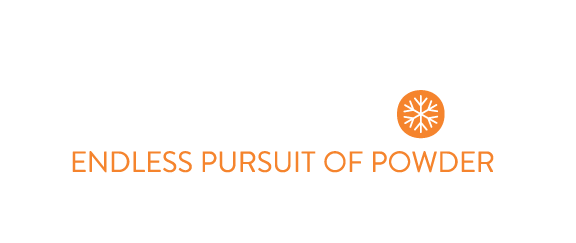Posted March 14 7:18 am PT 6:18 am MT Pattern Discussion A brief look at the current teleconnections as it relates to our current weather from the Climate Prediction Center. If you are interested in checking out this site for yourself you can bookmark this link: https://www.cpc.ncep.noaa.gov/products/precip/CWlink/daily_ao_index/ao.shtml This is my go-to…
Oops you must be logged in and have a paid account to view this content.
Please click here to register!

